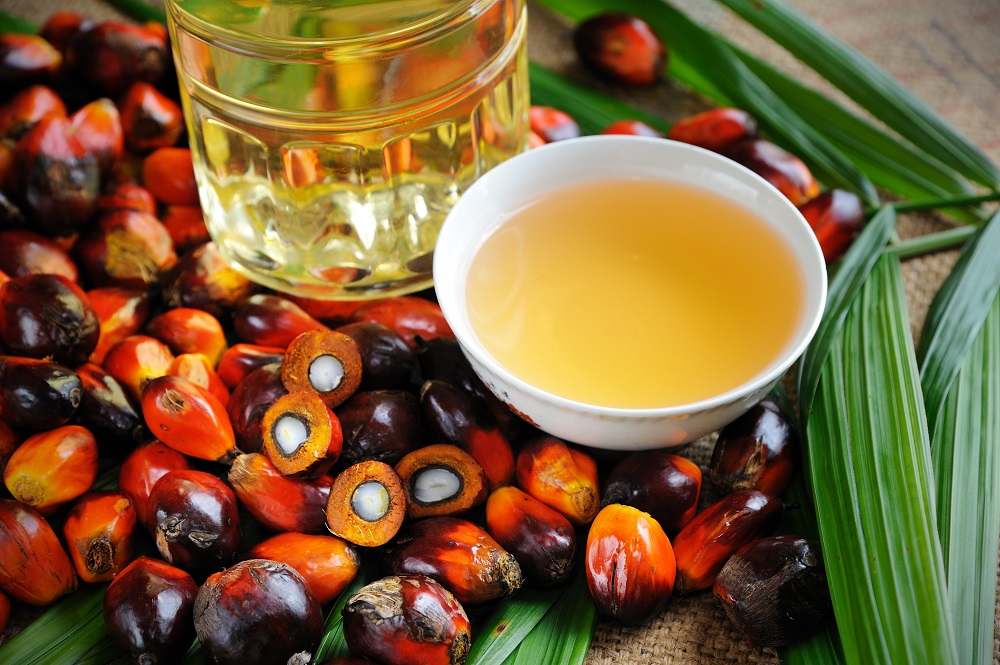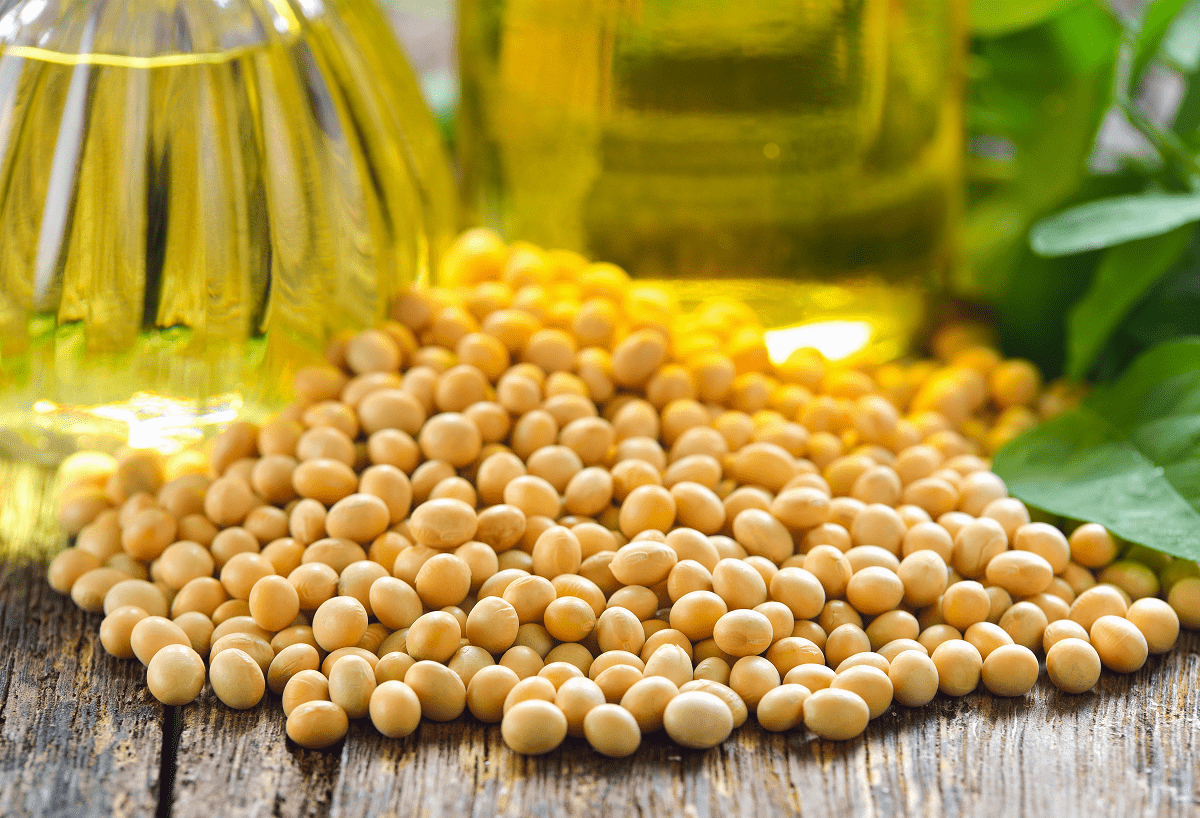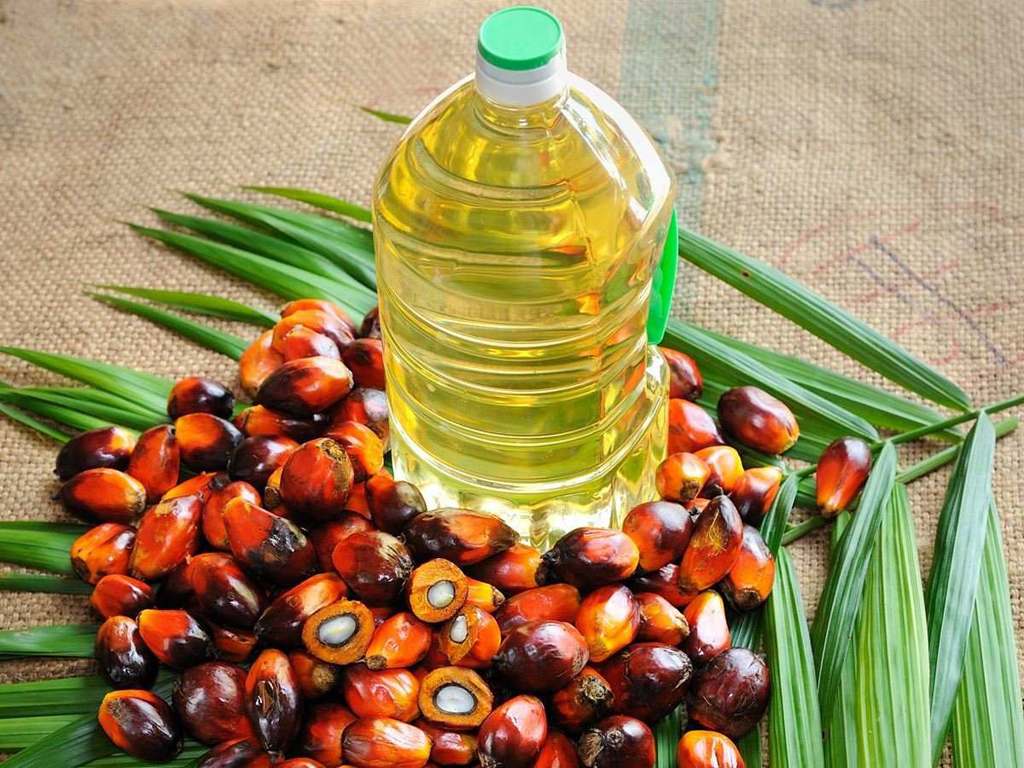In the USDA update, Brazilian 2021/22 production came in at 134 million tonnes versus an average expectation 133.50 million (range 126.50 to 137.50 million) and 139.00 million in January. However, Conab this morning pegged the harvest at 125.4 million tonnes which was down from their previous estimate of 140.5 million tonnes. Until there is a better weather forecast besides very dry weather for Argentina and southern Brazil, fund traders are likely to remain active buyers. March soybeans have hit new contract highs for 8 of the last 11 trading sessions. The USDA data was mostly neutral but the weather forecast is bullish, and this was enough to spark more buying interest. Poor weather since February 1, plus another two weeks of dry weather in the forecast for Argentina may be enough to spark a significant drop in production for the March update.
On top of the USDA data, exporters announced the sale of 240,000 tonnes of US soybeans sold to
China. March meal also closed sharply higher on the session and has pushed to new contract highs for five of the
last seven trading sessions. If Argentina production drops off, meal exports are likely to drop and this could shift
demand to the US.Brazil soybean exports were revised lower by 3.5 million tonnes. US 2021/22 soybean ending stocks came in at 325 million bushels versus an average trade expectation of 316 million and a range of estimates from 182 to 375 million. This was down from 350 million in the January report. Crush was revised higher by 25 million bushels to a record high 2.215 billion bushels. Exports were unchanged but if there is significant damage done for the South America crops, US exports are likely to increase. World ending stocks came in at 92.83 million tonnes versus an average expectation of 91.40 million (range 86.00 to 99.00 million) and 95.20 million in January. Argentine production came in at 45.0 million tonnes versus an average expectation of 44.30 million (range 42.50 to 46.00 million) and 46.50 million in January. China’s import demand was revised down by 3 million tonnes, which is a negative development.
Palm oil :Malaysian palm oil futures rebounded on Wednesday after the world’s top palm oil maker Indonesia issued a regulation stating it would start requiring export permits for all palm oil products, raising fears of global supply disruption.Indonesia, starting Feb. 15, would require export permits for all palm oil products.
To obtain the shipments permits, companies must sell 20% of their planned CPO and/or RBDPO exports to the domestic market with a capped price as Indonesia seeks to lower prices of cooking oil at home.Under the new regulation, to secure export approvals for all palm products, companies must show proof of their domestic sales of CPO and/or refined, bleached, and deodorised palm olein in accordance to the DMO requirements.
Thanks:Franks



